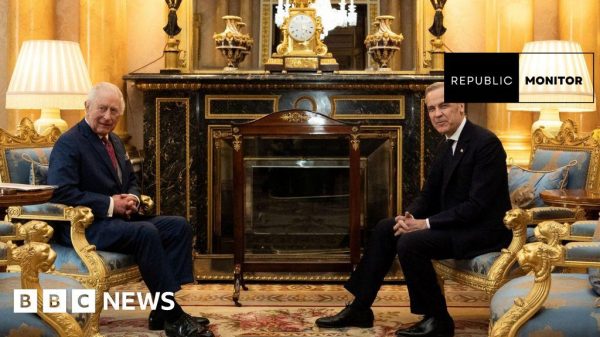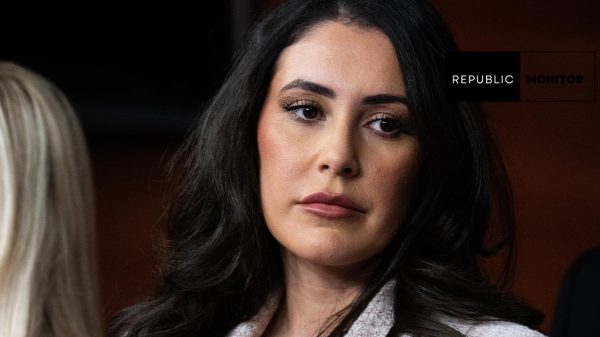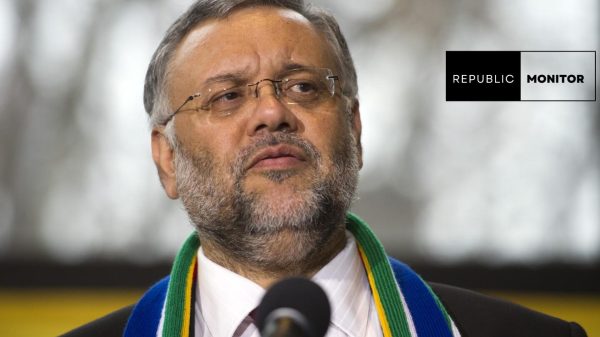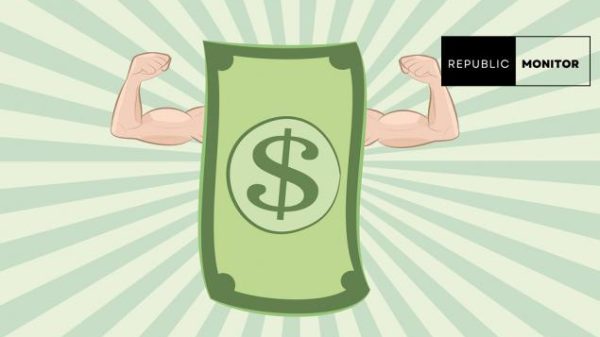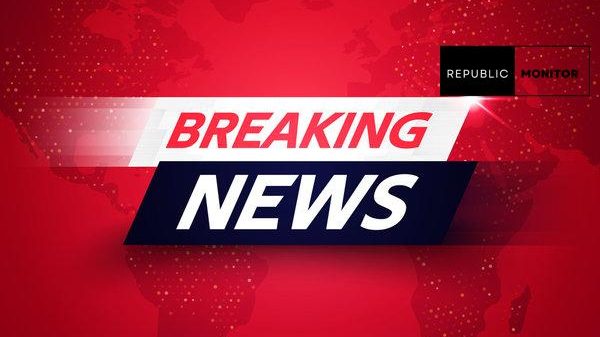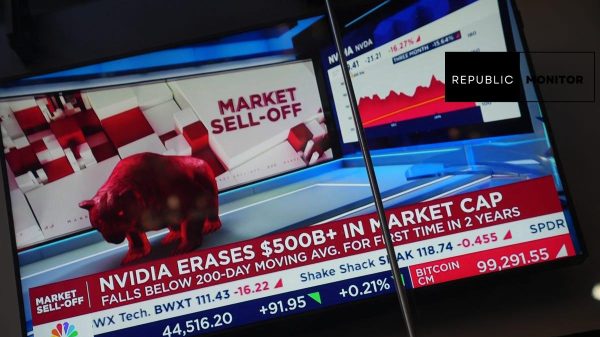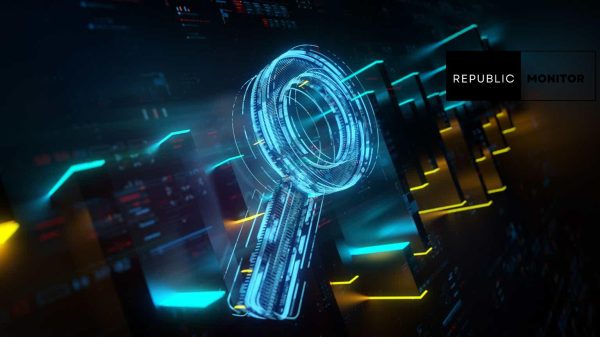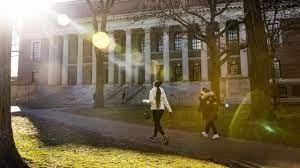The resumption of student loan payments after a pandemic-related hiatus has unveiled a staggering reality, with nearly 9 million borrowers missing their first payment, as reported by the Department of Education. This accounts for approximately 40% of the 22 million borrowers who were due to pay in October, signaling a significant challenge in transitioning a vast number of borrowers back into the repayment phase simultaneously.

Student Loan Struggles Surge: 9 Million Borrowers Miss First Payment Post-Pandemic Pause
In comparison, the Department of Education highlighted that fewer than 26% of borrowers missed their payments in October 2019, before the pandemic-induced pause came into effect. The data sheds light on the financial strain faced by a substantial portion of student loan borrowers as they grapple with the aftermath of the three-plus-year freeze.
The Biden administration, recognizing the potential difficulties, implemented an on-ramp period through September 2024. During this period, borrowers won’t face severe penalties, and their delinquency status won’t be reported to credit bureaus. However, interest will continue to accrue, providing a temporary buffer for those struggling to meet their financial obligations.
Undersecretary of Education James Kvaal acknowledged the challenges, stating, “While most borrowers have already made their first payment, others will need more time. Some are confused or overwhelmed about their options.” The complexity arises from various factors, including changes in financial situations and the potential enrollment in different repayment plans to better align with individual circumstances.
Complicating matters further, many borrowers now find themselves dealing with different loan servicers than before the pause. The transition back into repayment has been marked by logistical issues, including lengthy wait times for borrowers seeking clarification from their servicers.
The situation is exacerbated by reported errors from loan servicers. MOHELA (Missouri Higher Education Loan Authority), one of the contracted servicers, failed to send bills on time to 2.5 million borrowers, resulting in administrative forbearance. Additionally, an estimated 305,000 individuals received incorrect federal student loan bills, with charges often exceeding what they should be.
The Biden administration’s ambitious student loan forgiveness program, struck down by the Supreme Court in June, aimed to provide up to $20,000 in debt relief for low- and middle-income borrowers. However, the administration has canceled a record $132 billion in federal student loan debt for over 3.6 million individuals through existing forgiveness programs since taking office.
As the nation grapples with the intricacies of student loan repayment, the Biden administration’s newly launched income-driven repayment plan, known as SAVE (Saving on a Valuable Education), seeks to ease the burden for low-income borrowers. The plan allows for smaller monthly payments without accruing additional interest if a full monthly payment is made, offering a lifeline to those navigating the complexities of post-pandemic student loan obligations.
Read Also – Imperial College London Graduate, Dr Tasneem Mahmud Death By Suicide. What Happened?

